#new and emerging
Text
No paywall version here.
"Two and a half years ago, when I was asked to help write the most authoritative report on climate change in the United States, I hesitated...
In the end, I said yes, but reluctantly. Frankly, I was sick of admonishing people about how bad things could get. Scientists have raised the alarm over and over again, and still the temperature rises. Extreme events like heat waves, floods and droughts are becoming more severe and frequent, exactly as we predicted they would. We were proved right. It didn’t seem to matter.
Our report, which was released on Tuesday, contains more dire warnings. There are plenty of new reasons for despair. Thanks to recent scientific advances, we can now link climate change to specific extreme weather disasters, and we have a better understanding of how the feedback loops in the climate system can make warming even worse. We can also now more confidently forecast catastrophic outcomes if global emissions continue on their current trajectory.
But to me, the most surprising new finding in the Fifth National Climate Assessment is this: There has been genuine progress, too.
I’m used to mind-boggling numbers, and there are many of them in this report. Human beings have put about 1.6 trillion tons of carbon in the atmosphere since the Industrial Revolution — more than the weight of every living thing on Earth combined. But as we wrote the report, I learned other, even more mind-boggling numbers. In the last decade, the cost of wind energy has declined by 70 percent and solar has declined 90 percent. Renewables now make up 80 percent of new electricity generation capacity. Our country’s greenhouse gas emissions are falling, even as our G.D.P. and population grow.
In the report, we were tasked with projecting future climate change. We showed what the United States would look like if the world warms by 2 degrees Celsius. It wasn’t a pretty picture: more heat waves, more uncomfortably hot nights, more downpours, more droughts. If greenhouse emissions continue to rise, we could reach that point in the next couple of decades. If they fall a little, maybe we can stave it off until the middle of the century. But our findings also offered a glimmer of hope: If emissions fall dramatically, as the report suggested they could, we may never reach 2 degrees Celsius at all.
For the first time in my career, I felt something strange: optimism.
And that simple realization was enough to convince me that releasing yet another climate report was worthwhile.
Something has changed in the United States, and not just the climate. State, local and tribal governments all around the country have begun to take action. Some politicians now actually campaign on climate change, instead of ignoring or lying about it. Congress passed federal climate legislation — something I’d long regarded as impossible — in 2022 as we turned in the first draft.
[Note: She's talking about the Inflation Reduction Act and the Infrastructure Act, which despite the names were the two biggest climate packages passed in US history. And their passage in mid 2022 was a big turning point: that's when, for the first time in decades, a lot of scientists started looking at the numbers - esp the ones that would come from the IRA's funding - and said "Wait, holy shit, we have an actual chance."]
And while the report stresses the urgency of limiting warming to prevent terrible risks, it has a new message, too: We can do this. We now know how to make the dramatic emissions cuts we’d need to limit warming, and it’s very possible to do this in a way that’s sustainable, healthy and fair.
The conversation has moved on, and the role of scientists has changed. We’re not just warning of danger anymore. We’re showing the way to safety.
I was wrong about those previous reports: They did matter, after all. While climate scientists were warning the world of disaster, a small army of scientists, engineers, policymakers and others were getting to work. These first responders have helped move us toward our climate goals. Our warnings did their job.
To limit global warming, we need many more people to get on board... We need to reach those who haven’t yet been moved by our warnings. I’m not talking about the fossil fuel industry here; nor do I particularly care about winning over the small but noisy group of committed climate deniers. But I believe we can reach the many people whose eyes glaze over when they hear yet another dire warning or see another report like the one we just published.
The reason is that now, we have a better story to tell. The evidence is clear: Responding to climate change will not only create a better world for our children and grandchildren, but it will also make the world better for us right now.
Eliminating the sources of greenhouse gas emissions will make our air and water cleaner, our economy stronger and our quality of life better. It could save hundreds of thousands or even millions of lives across the country through air quality benefits alone. Using land more wisely can both limit climate change and protect biodiversity. Climate change most strongly affects communities that get a raw deal in our society: people with low incomes, people of color, children and the elderly. And climate action can be an opportunity to redress legacies of racism, neglect and injustice.
I could still tell you scary stories about a future ravaged by climate change, and they’d be true, at least on the trajectory we’re currently on. But it’s also true that we have a once-in-human-history chance not only to prevent the worst effects but also to make the world better right now. It would be a shame to squander this opportunity. So I don’t just want to talk about the problems anymore. I want to talk about the solutions. Consider this your last warning from me."
-via New York Times. Opinion essay by leading climate scientist Kate Marvel. November 18, 2023.
#WE CAN DO THIS#I SO TRULY BELIEVE THAT WE CAN DO THIS#WE CAN SAVE OURSELVES AND THE WORLD ALONG WITH US#climate crisis#united states#climate change#conservation#hope posting#sustainability#climate news#climate action#climate emergency#fossil fuels#global warming#environmentalism#climate hope#solarpunk#climate optimism#climate policy#earth#science#climate science#meteorology#extreme weather#renewable energy#solar power#wind power#renewables#carbon emissions#climate justice
33K notes
·
View notes
Text

#destiel#trans#tumblr emergency alert system#destiel news#lgbt#lgbtqia#trans rights#trans genocide#russia
5K notes
·
View notes
Text
“Safe zone” was always a lie. I hope this is clear to everyone. “Evacuate to the safe zone” always meant “consolidate for slaughter” and that is exactly what is happening now
#anti genocide#free palestine#free gaza#jews for palestine#gaza genocide#palestine will be free#boycott israel#palestine genocide#current events#rafah#gaza news#palestine news#boycott divest sanction#genocide emergency#genocide#jewish antizionism#jews for ceasefire#from the river to the sea palestine will be free#ethnic cleansing
5K notes
·
View notes
Text
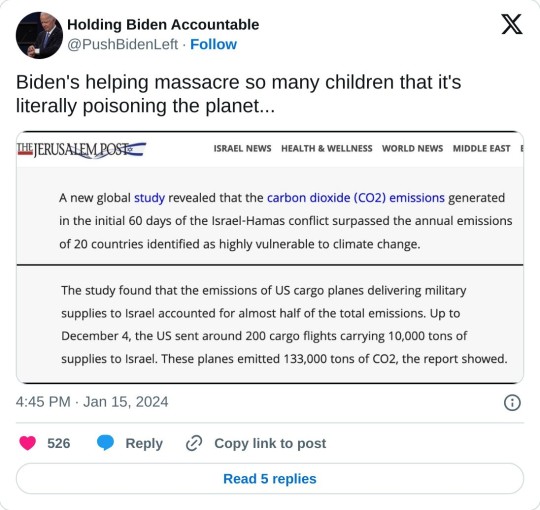
#yemen#jerusalem#tel aviv#current events#palestine#free palestine#gaza#free gaza#news on gaza#palestine news#news update#war news#war on gaza#climate crisis#climate emergency#endisraelsgenocide#joe biden#gaza genocide
2K notes
·
View notes
Text
Danny decides to render the Anti-Ecto acts useless. He goes a little Villain-y.
He uses his ghost abilities to get shit tons of ecto and dump them in the water supplies of large cities.
If everyone is Liminal, then the laws have to be revoked. Right?
...
...Right?
Meanwhile in an apartment in Metropolis, Clark and Lois stare at each other in shock as she hovers a solid three feet off the ground.
On her own.
#dpxdc#dcxdp#dp x dc#dc x dp#phanfic#story prompt#superman#lois lane#danny phantom#danny fenton#and yes#bruce does receive an emergency call from clark asking if having uh#fun times#with a human#would be enough to like contaminate said human#bruce is dealing with almost every single Gothamite suddenly materializing abilities#and using them to try to bypass notorious Gotham traffic#and accidentally creating whole new traffic areas#and he doesn't have time to deal with clark's awkward sex ed questions#“go ask your hologram father kal”#“but unless you've fucked every single person in Gotham AND Lois that's not what's happening”
1K notes
·
View notes
Text



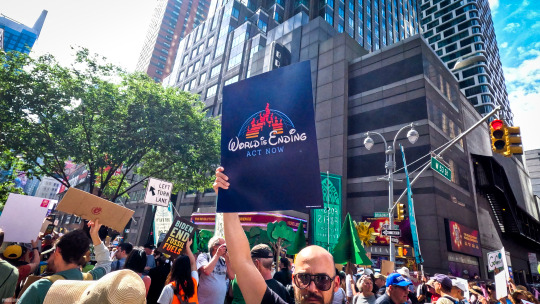

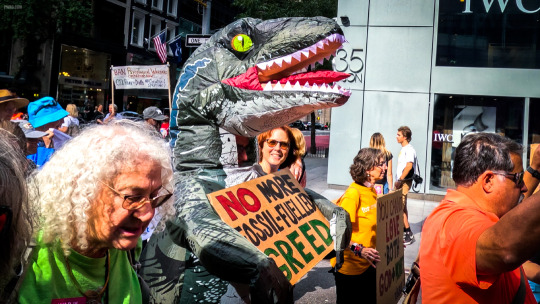
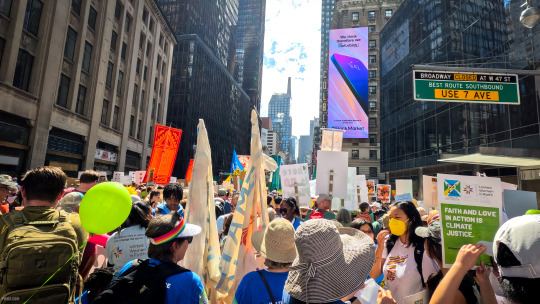
Climate Change March & Rally in New York City, September 17th, 2023.
#nyc#original photography#new york city#new york#photographers on tumblr#climate change#climate crisis#climate emergency#climate action#climate protest#global warming#fossil fuels#environment#protest#end fossil fuels#climate and environment#the lorax#lorax
2K notes
·
View notes
Text

Behold, the world's laziest llamas.

It's not that I interrupted their late afternoon nap and they didn't bother to get up for dinner. I brought hay and then they decided to lie down to have dinner in bed.
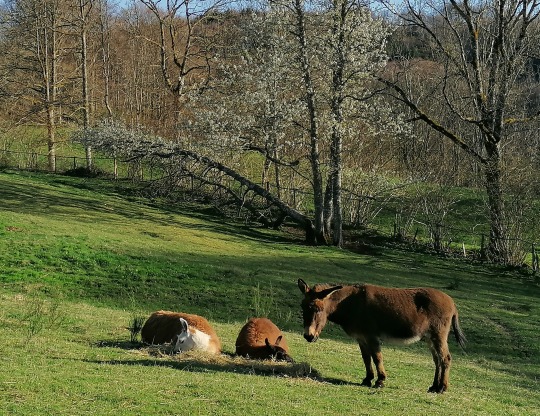
Pirlouit kept glancing at me like "Say something. They are being disrespectful. To hay."
Look at his annoyed ears <3 This donkey is old-fashioned when it comes to table manners and he's not afraid to show it. I'm going to translate his inner muttering
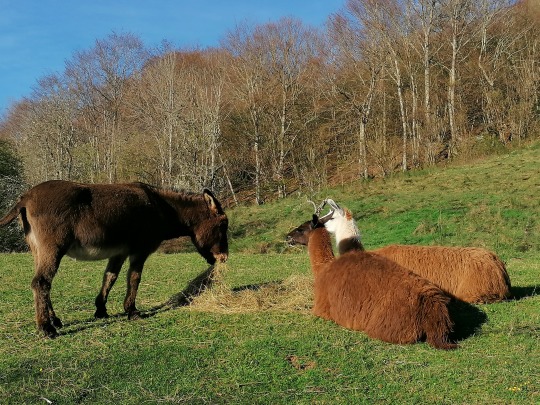
back in my day young ladies who wouldn't behave properly at dinner were simply sent to their room. I don't exactly blame Poldine it's not her fault that she was raised dreadfully but look at Pampe!!!! an adult. putting her NECK in my FOOD. her whole neck like it's a spring roll she's dipping in sauce. i can't even bear to look is she still doing it??

#crawling along#pampelune is not in these photos because the second 1 millimetre of new grass emerges in the spring she#starts acting like she's always despised hay actually#which is a bit vexing. you've relied on it (and me) to survive all winter. you could be more gracious#but no suddenly she's like ok great thx. i don't need you anymore. you and your ''hay''
671 notes
·
View notes
Text

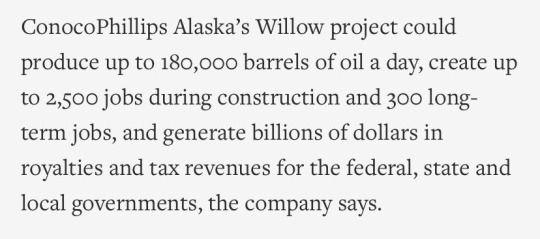
Source
To be clear, Biden approved an oil project that will release an estimated 287 million metric tons of emissions over 30 years and likely harm local wildlife. But yay for 300 long-term jobs.
A reminder of what Biden campaigned on in 2020: “No more drilling on federal lands. No more drilling, including offshore. No ability for the oil industry to continue to drill”
#politics#us politics#government#Joe biden#climate change#ban fossil fuels#climate emergency#news#important#environmental justice#Alaska
4K notes
·
View notes
Text

#homeless#homeless people in edinburgh offered beds 250 miles away weeks after city declares housing emergency#homeless people#rent is theft#rent is too damn high#landlords are parasites#fuck landlords#landlords are scum#landlords are leeches#landlords are bastards#i’m a housing lawyer – landlords use new loophole to push out tenants in ‘bad faith’ evictions#landlords#i took my landlord to court over common rental problem that made my life hell and won $14#court dismisses assault on landlord and son who threw student out in his ‘jocks’ after no rent paid#we had to flee our home as it was invaded by mice & bedbugs – inspectors said it’s ‘deplorable’ but landlord won’t act#landlord#rental#rent#auspol#politas#ausgov#tasgov#taspol#australia#fuck neoliberals#neoliberal capitalism#anthony albanese#albanese government#eat the rich#eat the fucking rich
859 notes
·
View notes
Text
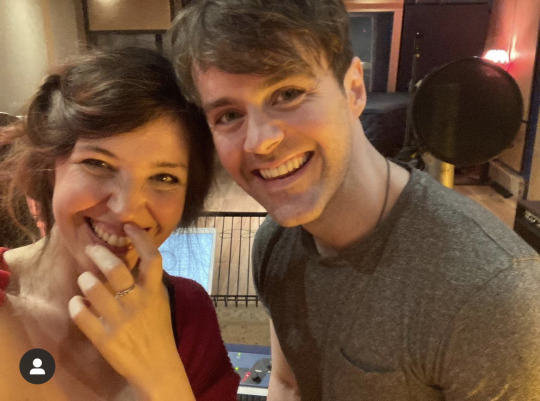
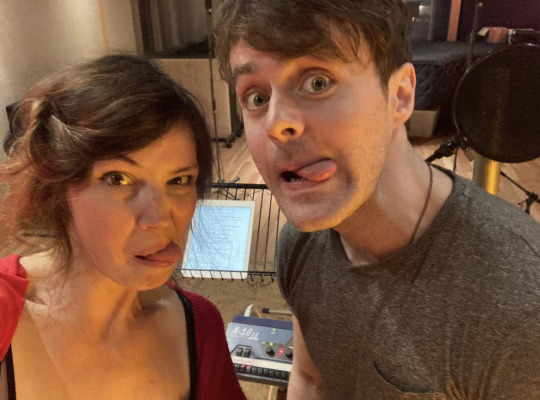
Hello folks. We know it’s been a while, but we just wanted to send all our love from the studio, where things are starting to emerge… More soon, but in the meanwhile just to let you know that we’ve added gift cards to our online store, so if you’ve been wanting to treat the TAD lover in your life now’s your chance. Sending all our love and Happy Halloween xx
The Amazing Devil on Instagram, October 31 2023
#the amazing devil#joey batey#madeleine hyland#news#social post#TAD album 4#they’re in the studio and things are starting to emerge!!!!
627 notes
·
View notes
Text
"With “green corridors” that mimic the natural forest, the Colombian city is driving down temperatures — and could become five degrees cooler over the next few decades.
In the face of a rapidly heating planet, the City of Eternal Spring — nicknamed so thanks to its year-round temperate climate — has found a way to keep its cool.
Previously, Medellín had undergone years of rapid urban expansion, which led to a severe urban heat island effect — raising temperatures in the city to significantly higher than in the surrounding suburban and rural areas. Roads and other concrete infrastructure absorb and maintain the sun’s heat for much longer than green infrastructure.
“Medellín grew at the expense of green spaces and vegetation,” says Pilar Vargas, a forest engineer working for City Hall. “We built and built and built. There wasn’t a lot of thought about the impact on the climate. It became obvious that had to change.”
Efforts began in 2016 under Medellín’s then mayor, Federico Gutiérrez (who, after completing one term in 2019, was re-elected at the end of 2023). The city launched a new approach to its urban development — one that focused on people and plants.
The $16.3 million initiative led to the creation of 30 Green Corridors along the city’s roads and waterways, improving or producing more than 70 hectares of green space, which includes 20 kilometers of shaded routes with cycle lanes and pedestrian paths.
These plant and tree-filled spaces — which connect all sorts of green areas such as the curb strips, squares, parks, vertical gardens, sidewalks, and even some of the seven hills that surround the city — produce fresh, cooling air in the face of urban heat. The corridors are also designed to mimic a natural forest with levels of low, medium and high plants, including native and tropical plants, bamboo grasses and palm trees.
Heat-trapping infrastructure like metro stations and bridges has also been greened as part of the project and government buildings have been adorned with green roofs and vertical gardens to beat the heat. The first of those was installed at Medellín’s City Hall, where nearly 100,000 plants and 12 species span the 1,810 square meter surface.
“It’s like urban acupuncture,” says Paula Zapata, advisor for Medellín at C40 Cities, a global network of about 100 of the world’s leading mayors. “The city is making these small interventions that together act to make a big impact.”
At the launch of the project, 120,000 individual plants and 12,500 trees were added to roads and parks across the city. By 2021, the figure had reached 2.5 million plants and 880,000 trees. Each has been carefully chosen to maximize their impact.
“The technical team thought a lot about the species used. They selected endemic ones that have a functional use,” explains Zapata.
The 72 species of plants and trees selected provide food for wildlife, help biodiversity to spread and fight air pollution. A study, for example, identified Mangifera indica as the best among six plant species found in Medellín at absorbing PM2.5 pollution — particulate matter that can cause asthma, bronchitis and heart disease — and surviving in polluted areas due to its “biochemical and biological mechanisms.”
And the urban planting continues to this day.
The groundwork is carried out by 150 citizen-gardeners like Pineda, who come from disadvantaged and minority backgrounds, with the support of 15 specialized forest engineers. Pineda is now the leader of a team of seven other gardeners who attend to corridors all across the city, shifting depending on the current priorities...
“I’m completely in favor of the corridors,” says [Victoria Perez, another citizen-gardener], who grew up in a poor suburb in the city of 2.5 million people. “It really improves the quality of life here.”
Wilmar Jesus, a 48-year-old Afro-Colombian farmer on his first day of the job, is pleased about the project’s possibilities for his own future. “I want to learn more and become better,” he says. “This gives me the opportunity to advance myself.”
The project’s wider impacts are like a breath of fresh air. Medellín’s temperatures fell by 2°C in the first three years of the program, and officials expect a further decrease of 4 to 5C over the next few decades, even taking into account climate change. In turn, City Hall says this will minimize the need for energy-intensive air conditioning...
In addition, the project has had a significant impact on air pollution. Between 2016 and 2019, the level of PM2.5 fell significantly, and in turn the city’s morbidity rate from acute respiratory infections decreased from 159.8 to 95.3 per 1,000 people [Note: That means the city's rate of people getting sick with lung/throat/respiratory infections.]
There’s also been a 34.6 percent rise in cycling in the city, likely due to the new bike paths built for the project, and biodiversity studies show that wildlife is coming back — one sample of five Green Corridors identified 30 different species of butterfly.
Other cities are already taking note. Bogotá and Barranquilla have adopted similar plans, among other Colombian cities, and last year São Paulo, Brazil, the largest city in South America, began expanding its corridors after launching them in 2022.
“For sure, Green Corridors could work in many other places,” says Zapata."
-via Reasons to Be Cheerful, March 4, 2024
#colombia#brazil#urban#urban landscape#urban planning#cities#civil engineering#green architecture#green spaces#urban heat#urban heat island effect#weather#meteorology#global warming#climate change#climate hope#climate optimism#climate emergency#climate action#environment#environmental news#city architecture#bicycling#native plants#biodiversity#good news#hope#solarpunk#ecopunk#hopepunk
12K notes
·
View notes
Text
Prompt 158
Klarion is on a mission. A very important mission of the utmost importance!
He, as the oldest of the family (at least sibling-wise) has been given the sacred task of bringing his baby siblings to find their own familiars! And nothing is going to stop him from seeing this task through! He’s not going to get distracted playing with the Justice League’s Baby Team, nor is he going to try and kick Stupid-Helmet-Head-The-Despised.
He’s going to help Jordan and Ellie find their own familiars, and Phantom-Dad will be so proud of him! Tucker-Dad will be proud too, and his Moms would as well! He’s going to absolutely rock this older-sibling thing!
#dcxdp#dpxdc#prompts#Eternal Quartet#They’re married & their timeline is older than DCs#The 4 saw small baby Chaos Lord and went “Is Anyone going to adopt that”#And didn’t wait for an answer#Dan & Ellie are delighted in having a sibling who is just as chaotic as them#Normally they’d be older than Klarion but Halfas can’t reform from their core into adult forms#They have to fully regrow their bodies from scratch so they emerge as babies again#Halfas are pretty much the Realms versions of phoenixes lmao#Klarion: I have never had parents before and I’m going to make them so proud :)#He’s bringing his new little siblings to so many zoos & animal shelters & YJ keeps *Just* missing them#Hilarious enough it’s either Damian or Billy or both who run into the trio#Either one would join in his mission as chaotic gremlins themselves
454 notes
·
View notes
Photo



SCREAMING AND CRYING AND THROWING UP ABOUT THIS RN
#professor layton#hershel layton#professor layton and the new world of steam#nintendo direct#EMERGENCY POST AAAAAA#also why'd they give him a button-up shirt i'm so distracted by the buttons lmao#pl nwos
2K notes
·
View notes
Note
The red spot is a chili flake

The red spot is a chili flake... (context)
#poorly drawn mdzs#mdzs#ask#jin ling#It makes so much sense...wwx stores the chilli in his cheek pouches for easy deployment. In case of Bland Food emergency.#This is how he survives living with the Lans.#And how he trains his new body how to tolerate spice.#Poor jin ling does not have this resistance. He is taking burn damage the entire walk back home. Someone rub high fat yogurt on that boy.#Just in case its not a universal common experience to prepare peppers with your bare hands (like a fool) and touch your face (LIKE A FOOL):#that stuff *burns*. I try to remember to wear gloves but alas. This year we grew Serranos! Tasty little guys but mistakes were made.#Dont process peppers with cuts on your hands. Or rub your eyes. Actually: please jut wear gloves while handling peppers.#I can eat those puppies raw no problem but I am miserable when it gets into my eyes.
419 notes
·
View notes
Text
Anyone else ever feel like bludgeoning oil executives and politicians to death with a rusty pipe over what they’ve doomed us all to?
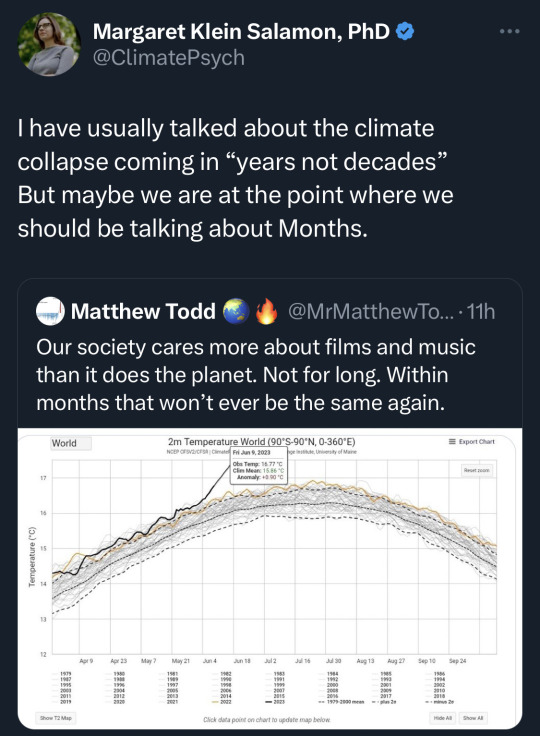



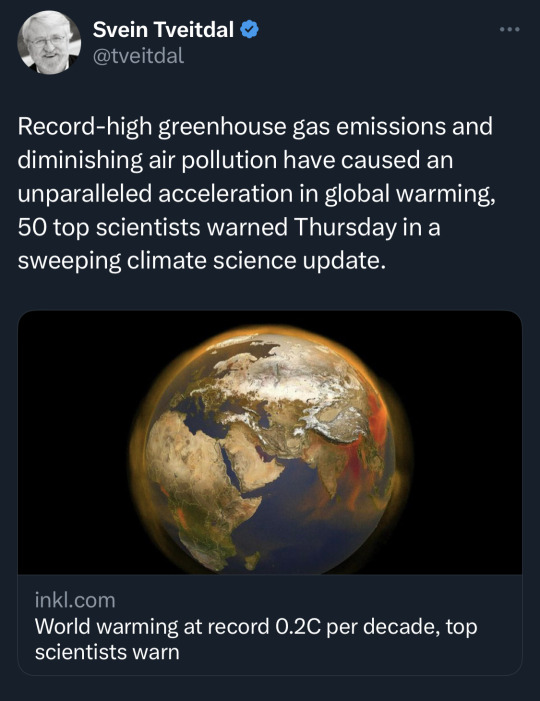



Capitalism is a death sentence for the human race

#climate crisis#climate change#climate news#wildfires#canada wildfires#new york#capitalism#eat the rich#joe biden#us politics#wealth inequality#late stage capitalism#vote#climate emergency#climate action#climate war#just stop oil#fossil fuels#oil industry#there is no planet b#ice cap
941 notes
·
View notes
Text
Environmental scientists in Canada continue to be stifled in their ability to conduct and communicate their research. Interference in science, also referred to as "muzzling," was a well-documented concern during the Conservative government of the early 2010's, when it gripped the collective consciousness of Canadian federal public sector scientists. Our research sheds light on a broader understanding of the recent interference in environmental sciences in Canada.
Interference is used to describe intentional and unfair constraints on scientists that restrict their ability to conduct and communicate their work. Examples of interference include restrictions on ability to communicate work to the public or colleagues (muzzling), workplace harassment, and undue modifications made to findings that alter the data or its interpretation.
Continue Reading
Tagging @politicsofcanada
#cdnpoli#canada#canadian politics#canadian news#science#environmental science#science interference#scientific muzzling#interference of science#climate emergency
306 notes
·
View notes